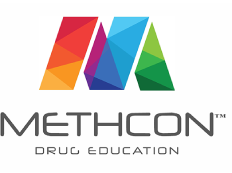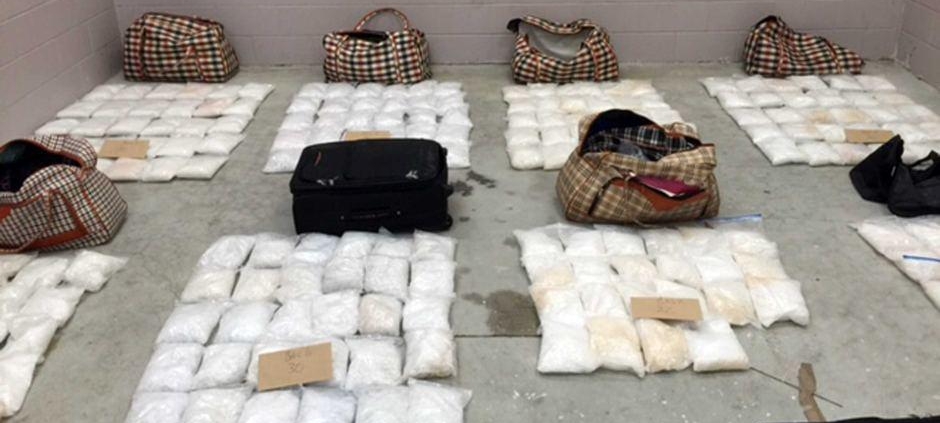‘P’ (as opposed to Pee) found in high levels in Whangarei wastewater
High levels of methamphetamine have been found in Whangarei’s wastewater treatment plant.
What does this mean?
Methamphetamine, MDMA/Ecstasy and cocaine have been found in the wastewater since monthly testing began in August.
Until now, reliable data about illegal drug use has been difficult to obtain. Wastewater testing provides a cost-effective, timely, non-intrusive and accurate measure of illegal drug use.
The testing and the Rataora Trial are programmes within Te Ara Oranga, providing evidence-based data about illegal drug use in Whangarei.
Police and health officials are working together in Northland to reduce methamphetamine demand by improving treatment services and increasing responsiveness.
Wastewater testing in Whangarei started in August and data was collected from the wastewater facilities for one week every month.
“The results indicate a high incidence of methamphetamine in the Whangarei wastewater,” said Superintendent Russell Le Prou.
He said the wastewater results will provide an ongoing baseline of data to inform and measure both treatment and enforcement.
For example, he said, wastewater could be tested after a major police seizure of meth and a lower level would show the operation was successful.
“If no impact is seen it may indicate that further investigation is needed into methamphetamine supply.”
Drugs are processed by the body into other compounds which make their way into the wastewater system.
Rataora is a screening and referral to treatment that gives an indication of the number of people using methamphetamine.
The trial was implemented within the Whangarei Hospital Emergency Department and the NZ Police Whangarei Custody suite, 24/7 over a one week period.
In the Emergency Department 350 patients were screened for substance use and 70 were referred to specialist services such as mental health and addiction, smoking cessation, the Alcohol Drug Helpline and Depression Line. A further 12 people were referred to their GP and another six people were given a brief intervention by a psychologist or at ED.
Four methamphetamine users were identified during the week of screening. If the screening was done for an entire year, about 200 methamphetamine users would be identified.
New Zealand Herald 28/11/2017
Wastewater testing is an excellent way to gauge drug use in the community as in effect it is a ‘random’ and ‘honest’ testing procedure.
Previously, drug use statistics have relied on Police arrest data and anecdotal evidence from treatment providers and academics. The problem with this of course is that drug users tend to be somewhat economical with the truth due to the illegal nature of drug use.
The level of Meth and other class A drugs found in the Whangarei test further emphasises the widespread use of these drugs in regional areas and mirrors the increase in Class A drug convictions in Whangarei from 107 in 2007 to 417 in 2016! Most other regions in New Zealand have seen similar increases.
Demand for Meth continues to increase despite all the talking from politicians and well meaning community groups, and the large seizures of the drug by Police and Customs in recent times.
Reducing demand through education is the best way to stop use before it starts. Its time to get serious and acknowledge that what we have done hasn’t worked.



